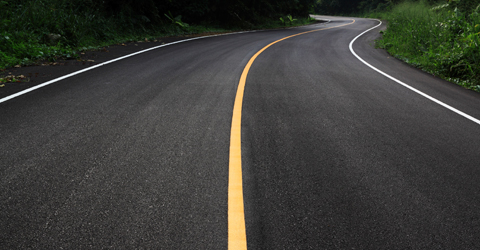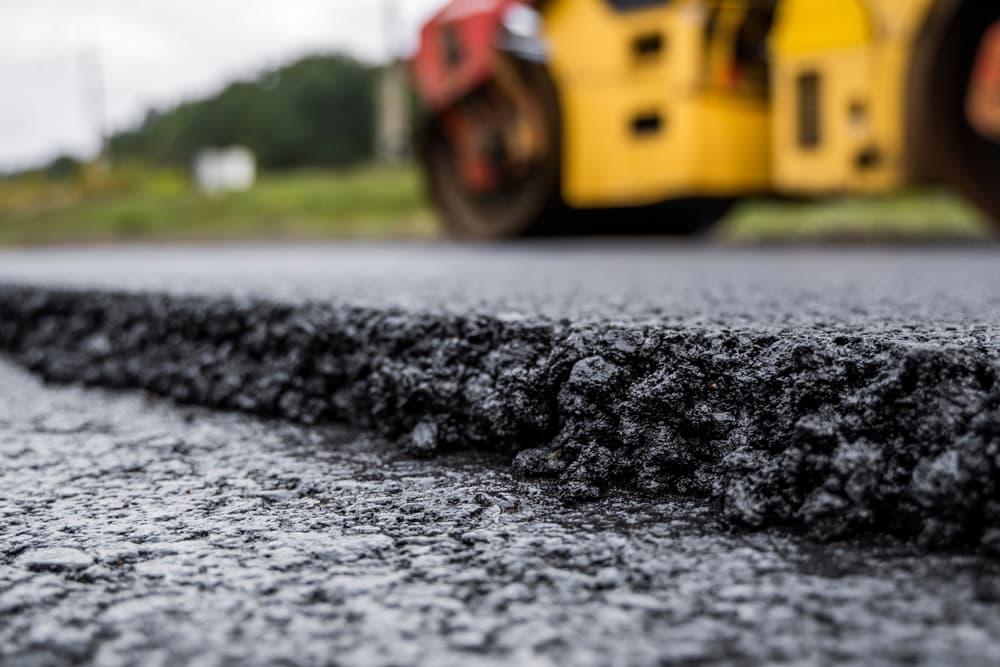Exploring the Environmental Advantages of Warm Mix Asphalt
The utilization of Hot Mix Asphalt in facilities tasks provides an engaging case for lasting development and environmental stewardship. By delving right into the complex details of its manufacturing processes and the cutting-edge usage of recycled products, a deeper understanding arises of how this technology surpasses plain surface area applications. The environmental benefits of Hot Mix Asphalt prolong much beyond first perceptions, offering a nuanced viewpoint on exactly how this product can lead the way for a greener future.

Decreased Greenhouse Gas Emissions
The production procedure of Hot Mix Asphalt includes heating the mix of aggregate and asphalt binder to high temperatures. By integrating redeemed asphalt pavement and recycled asphalt roof shingles right into the mix, the demand for virgin materials is decreased, leading to energy cost savings and lowered emissions associated with removal and processing.
Studies have actually shown that Hot Mix Asphalt sidewalks have a smaller carbon footprint over their life cycle compared to various other pavement alternatives. The durability and recyclability of Hot Mix Asphalt better improve its ecological benefits by decreasing the requirement for regular upkeep or substitute, thus preserving resources and lessening emissions linked with repair tasks.
Energy Efficiency and Conservation
The production procedure of Warm Mix Asphalt not only decreases greenhouse gas discharges however also adds substantially to energy performance and conservation efforts. Energy effectiveness is a crucial advantage of Hot Mix Asphalt manufacturing contrasted to various other pavement kinds. The longevity of Warm Mix Asphalt reduces the frequency of upkeep and repair, leading to lasting energy cost savings.
Lasting Sidewalk Solutions

One trick aspect of sustainable sidewalk remedies is the use of recycled materials such as reclaimed asphalt pavement (RAP) and recycled asphalt shingles (RAS) By integrating these materials right into the asphalt mixtures, the need for virgin resources is decreased, bring about reduced energy consumption and greenhouse gas discharges throughout production. Additionally, the reuse of these materials helps divert waste from land fills, adding to a more sustainable and round economic climate.
Moreover, sustainable pavement services focus on enhancing pavement design to enhance performance and durability. Strategies such as warm mix asphalt (WMA) and rock mastic asphalt (SMA) improve the durability and resilience of pavements, minimizing the requirement for regular repairs and replacements. By applying these cutting-edge approaches, infrastructure developers can produce pavements that not just meet high-performance standards yet also lessen their environmental impact.
Minimized Environmental Effect
Hot mix asphalt, in specific, provides a number of advantages that contribute to minimizing the general environmental impact of road facilities. One crucial element is the recyclability of asphalt, which can be recycled multiple times without endangering its top quality - Regrading.
Moreover, the production of warm mix asphalt produces reduced levels of greenhouse gases compared to other sidewalk products, making it a more eco-friendly alternative. The power effectiveness of asphalt plants has actually likewise boosted over the years, causing lowered gas consumption and reduced emissions. In addition, the smooth surface area of hot mix asphalt decreases rolling resistance for automobiles, causing reduced fuel usage and lowered air contamination from car discharges.
Payment to Climate Adjustment Mitigation
Warm mix asphalt plays a critical function in mitigating climate modification with its lasting residential or commercial properties and minimized ecological impact. One considerable contribution to climate change mitigation originates from the energy effectiveness of warm mix asphalt manufacturing. Contrasted to various other sidewalk alternatives, the manufacturing process for warm mix asphalt takes in less power and emits reduced levels of greenhouse gases, hence lowering its total carbon impact.
Moreover, warm mix asphalt's capability to mirror sunshine, called albedo, assists in reducing urban warmth island impacts. By lessening warm absorption and retention, hot mix asphalt pavements can lower the demand for cooling in metropolitan areas, subsequently reducing greenhouse gas exhausts associated with energy intake for cooling objectives.
Furthermore, the toughness and recyclability of warm mix asphalt even more enhance its environment modification mitigation abilities. hot mix asphalt Regrading. The long life-span of asphalt sidewalks minimizes the requirement for regular fixings or replacements, inevitably decreasing the carbon discharges linked to road maintenance tasks. Additionally, the recyclability of asphalt products lessens the demand for virgin sources and lowers the ecological impact of pavement building, lining up with lasting techniques for environment adjustment reduction.
Verdict
Finally, the ecological advantages of Warm Mix Asphalt demonstrate its substantial contribution to minimizing greenhouse gas exhausts, saving power, and minimizing environmental impact. This lasting sidewalk solution straightens with environment change reduction initiatives, advertises resource conservation, and boosts infrastructure advancement. By using recycled products, energy-efficient manufacturing procedures, and long lasting layout, Hot Mix Asphalt plays a critical function in fostering a much more eco pleasant strategy to infrastructure building and construction.
The manufacturing process of Hot Mix Asphalt involves heating up the mix of accumulation and asphalt binder to high temperatures. By integrating recovered asphalt sidewalk and recycled asphalt shingles into the mix, the need for virgin materials is decreased, leading to power financial savings and reduced exhausts connected with removal and processing.
One key facet of lasting sidewalk options is the use of recycled materials such as redeemed asphalt pavement (RAP) and recycled asphalt shingles (RAS) Strategies such as cozy mix asphalt (WMA) and rock mastic asphalt (SMA) improve the toughness and strength of pavements, minimizing the need for constant fixings and replacements. Compared to other sidewalk choices, the production procedure for warm mix asphalt consumes less energy and discharges lower degrees of greenhouse gases, therefore decreasing its total carbon footprint.
Comments on “Hot Mix Asphalt Paving: The Key to Smooth, Angled Parking Lot Surface Areas”